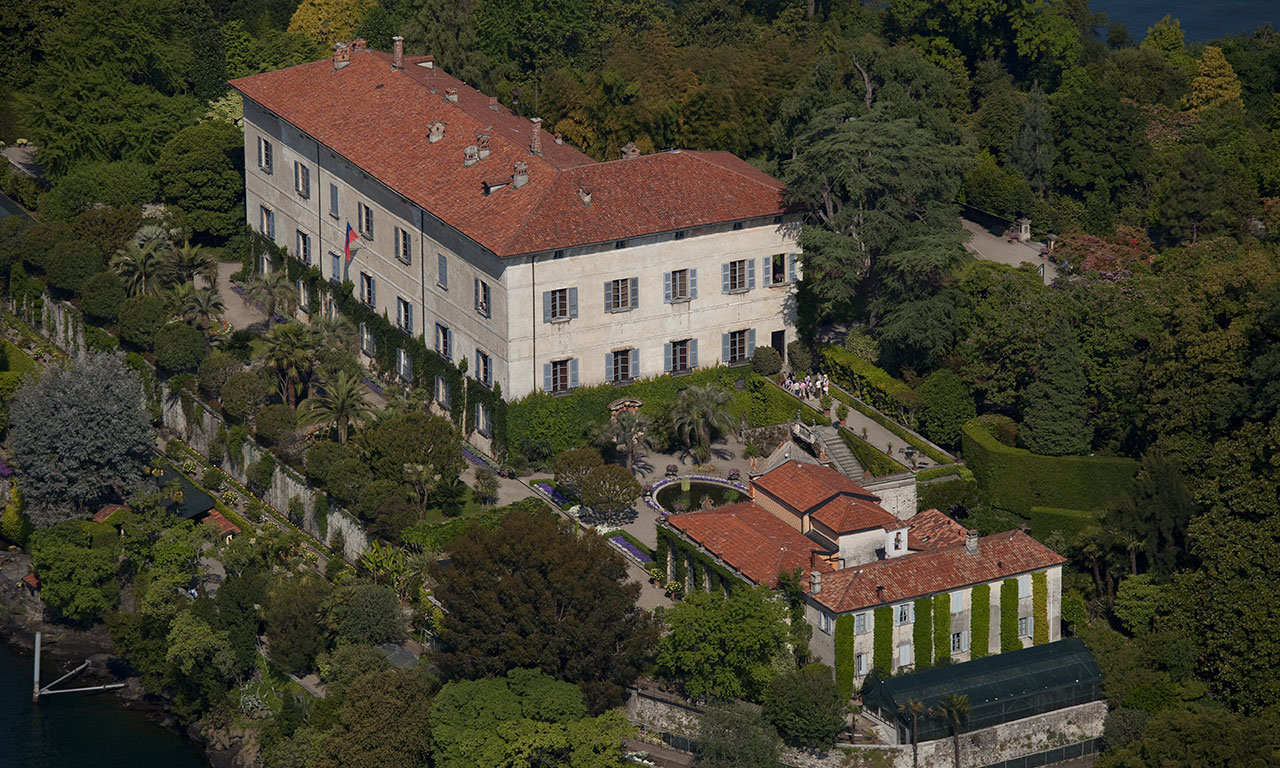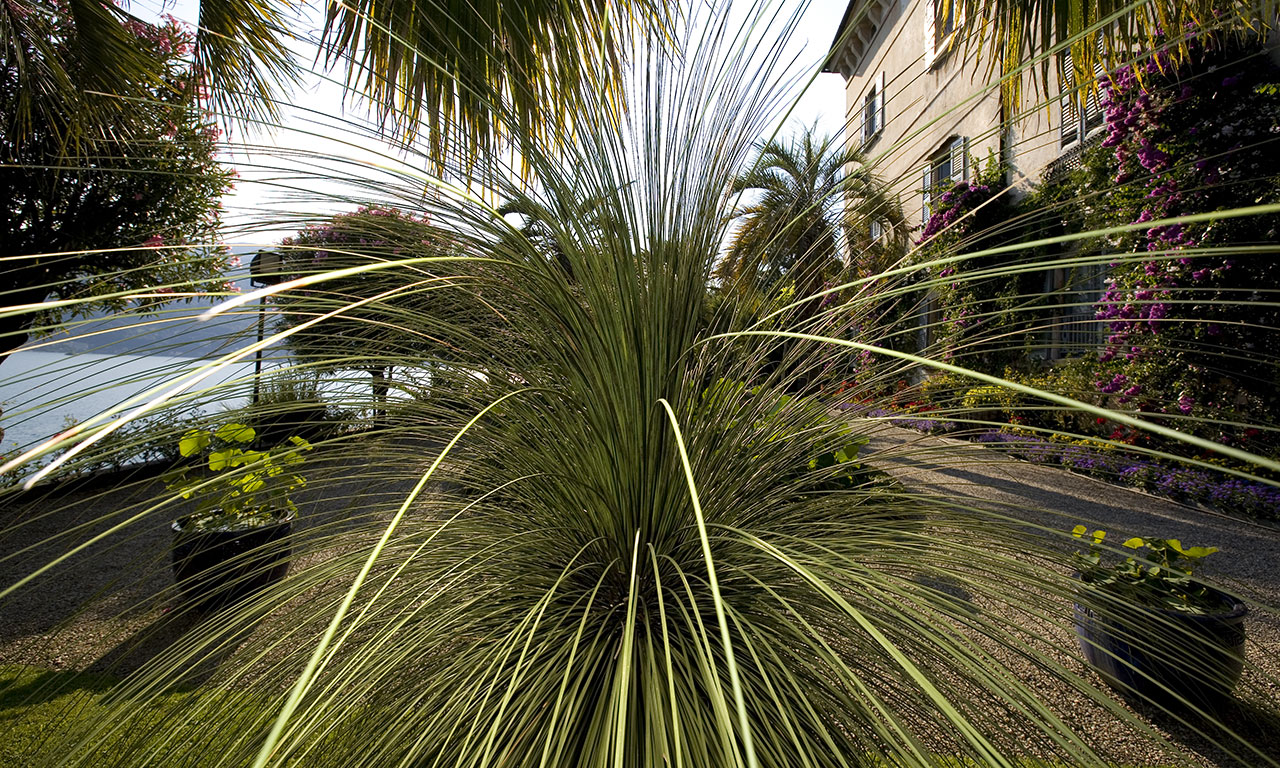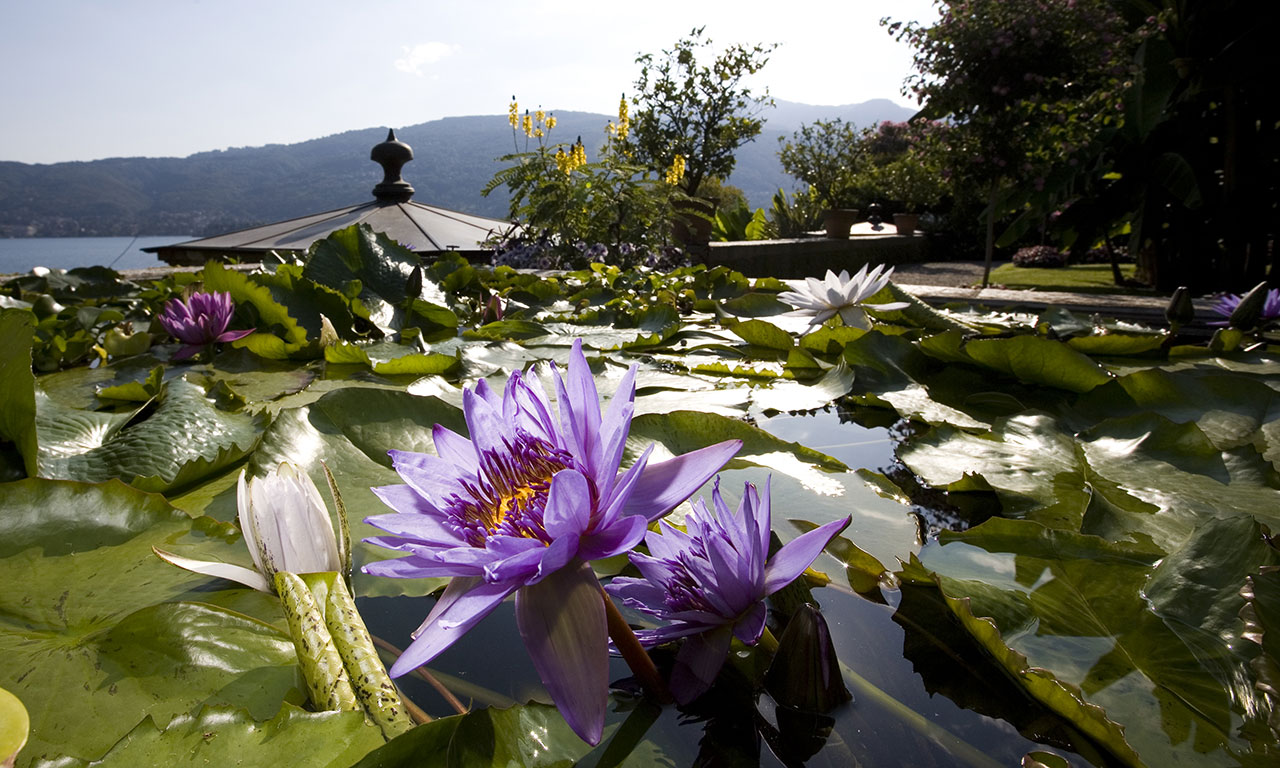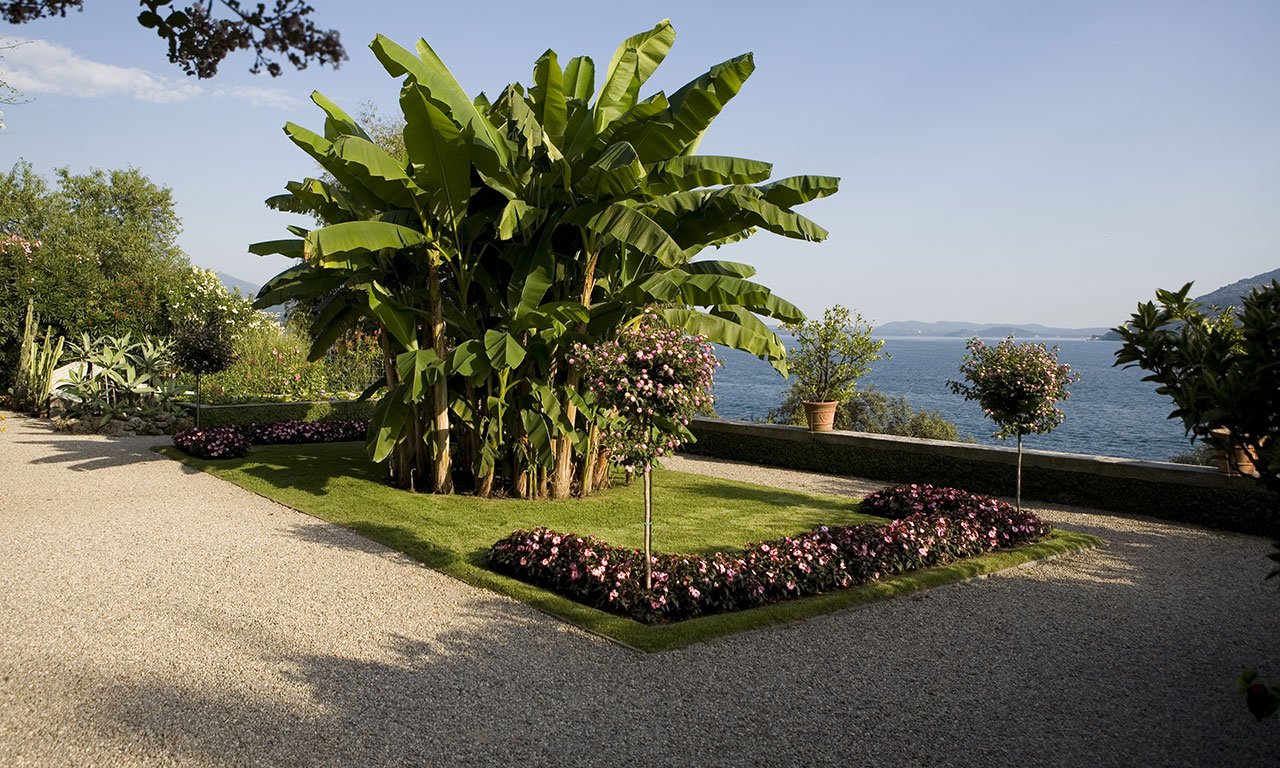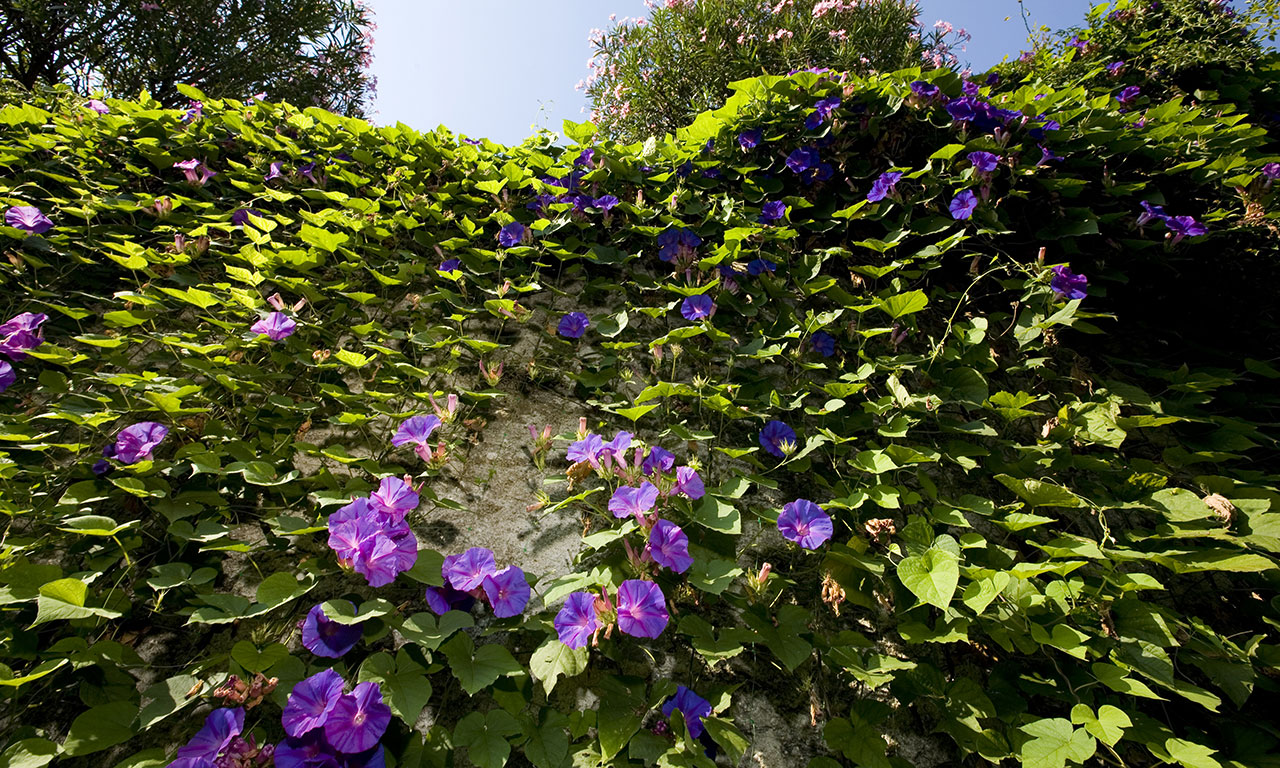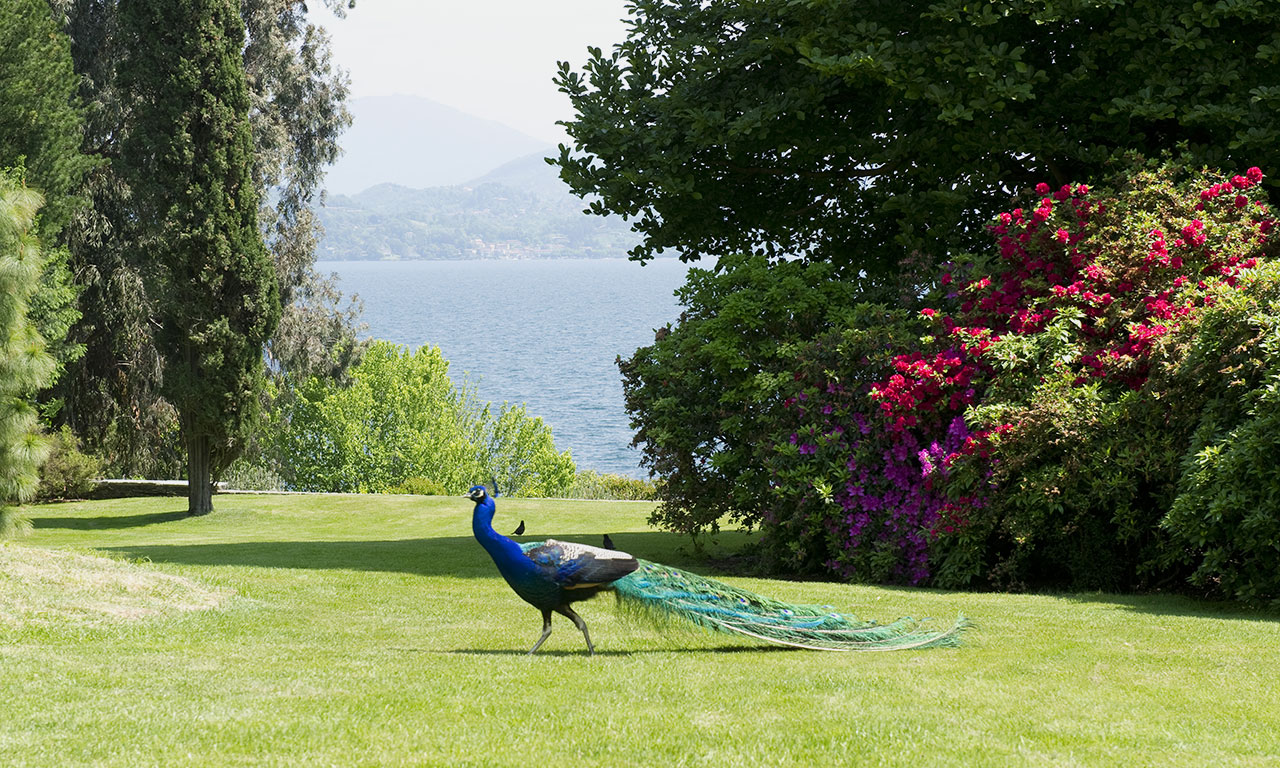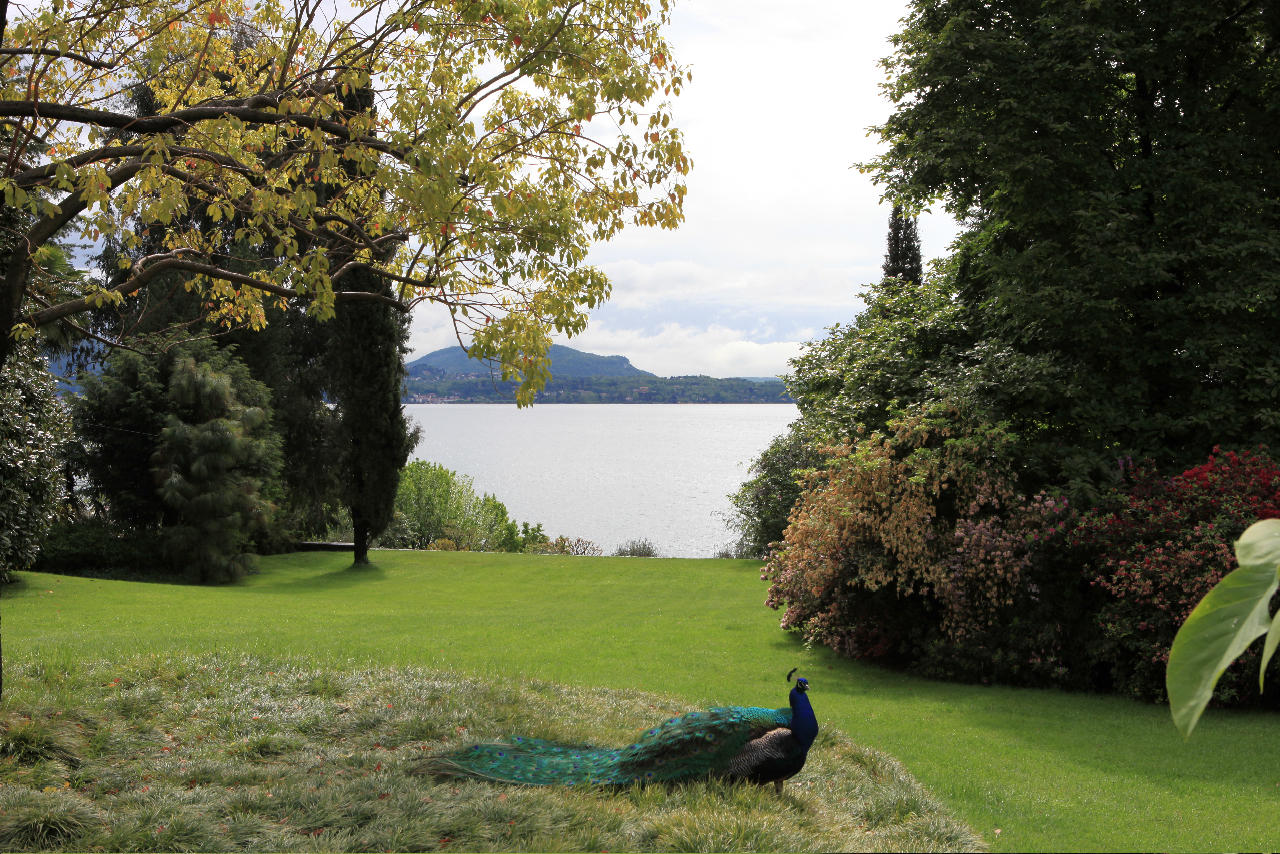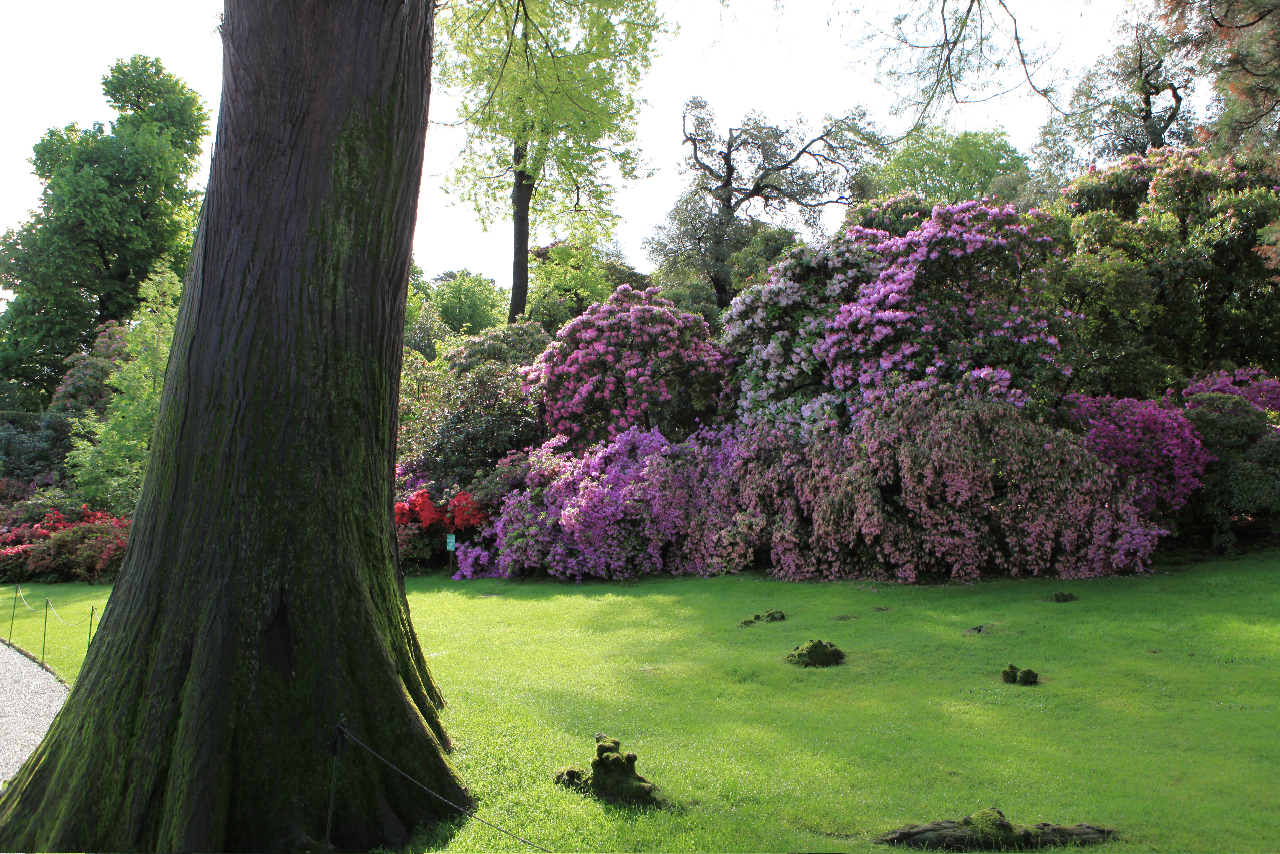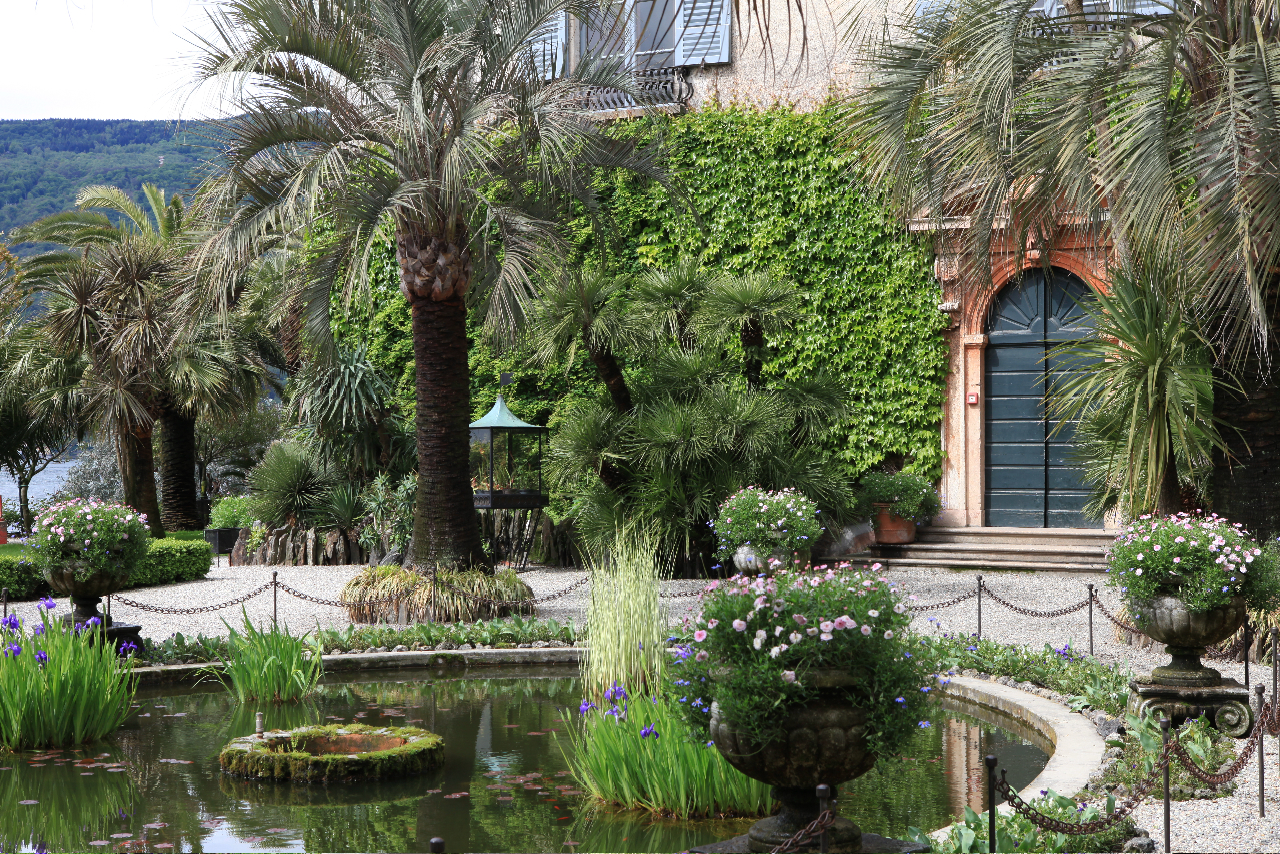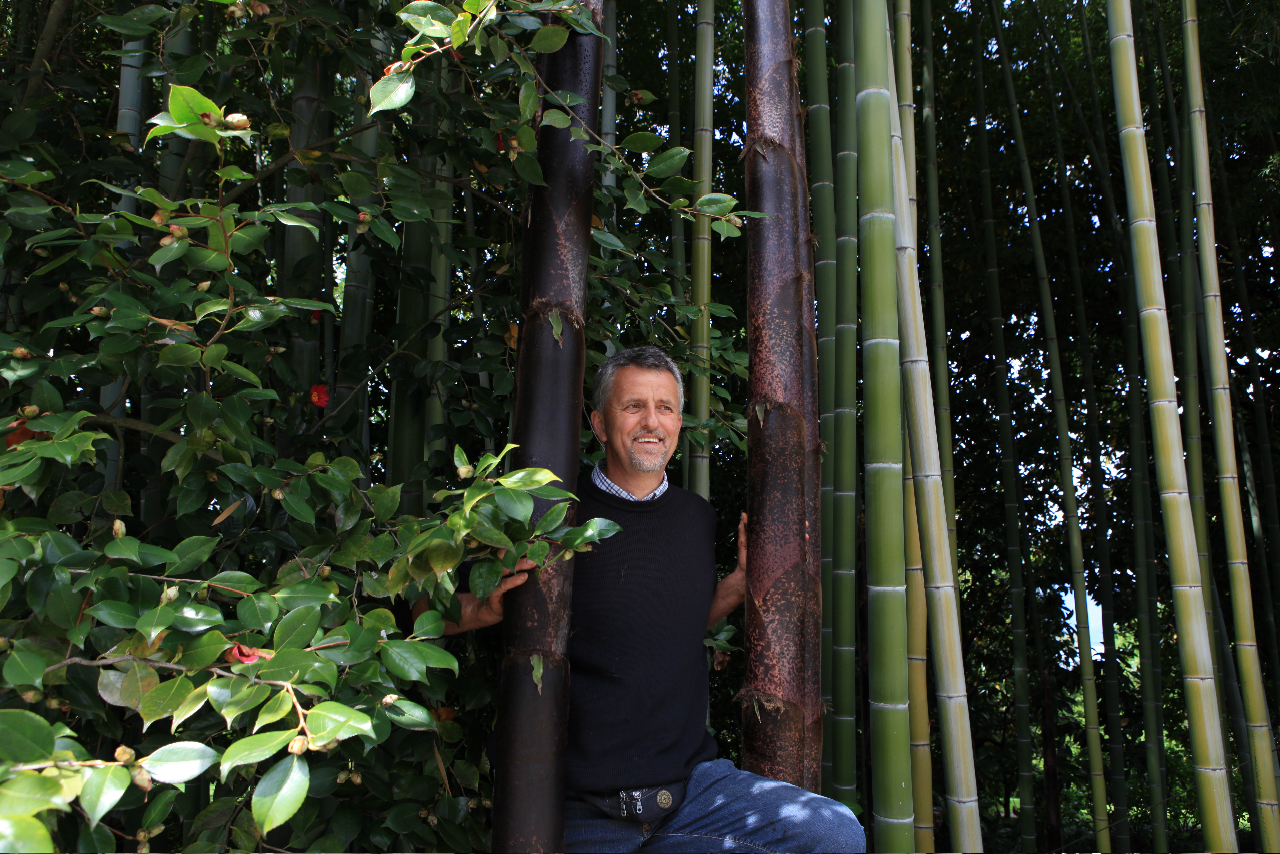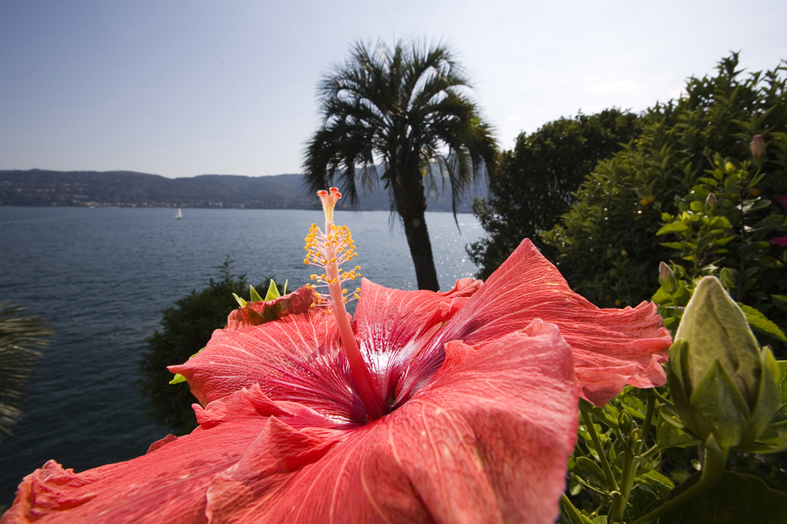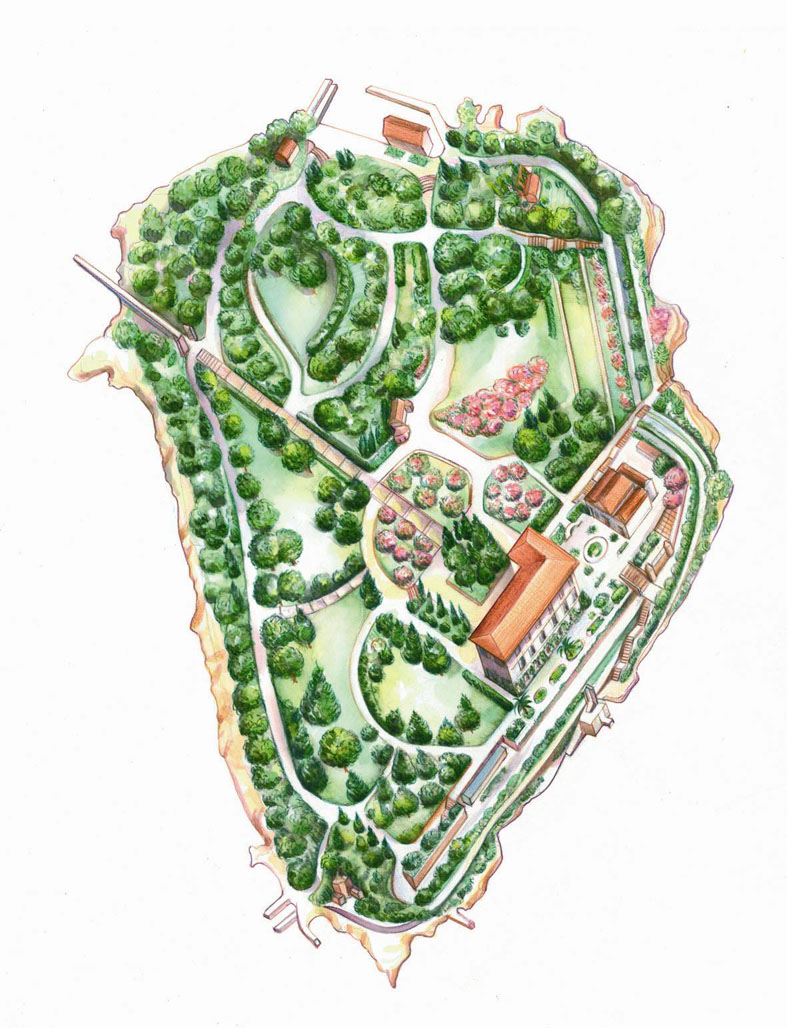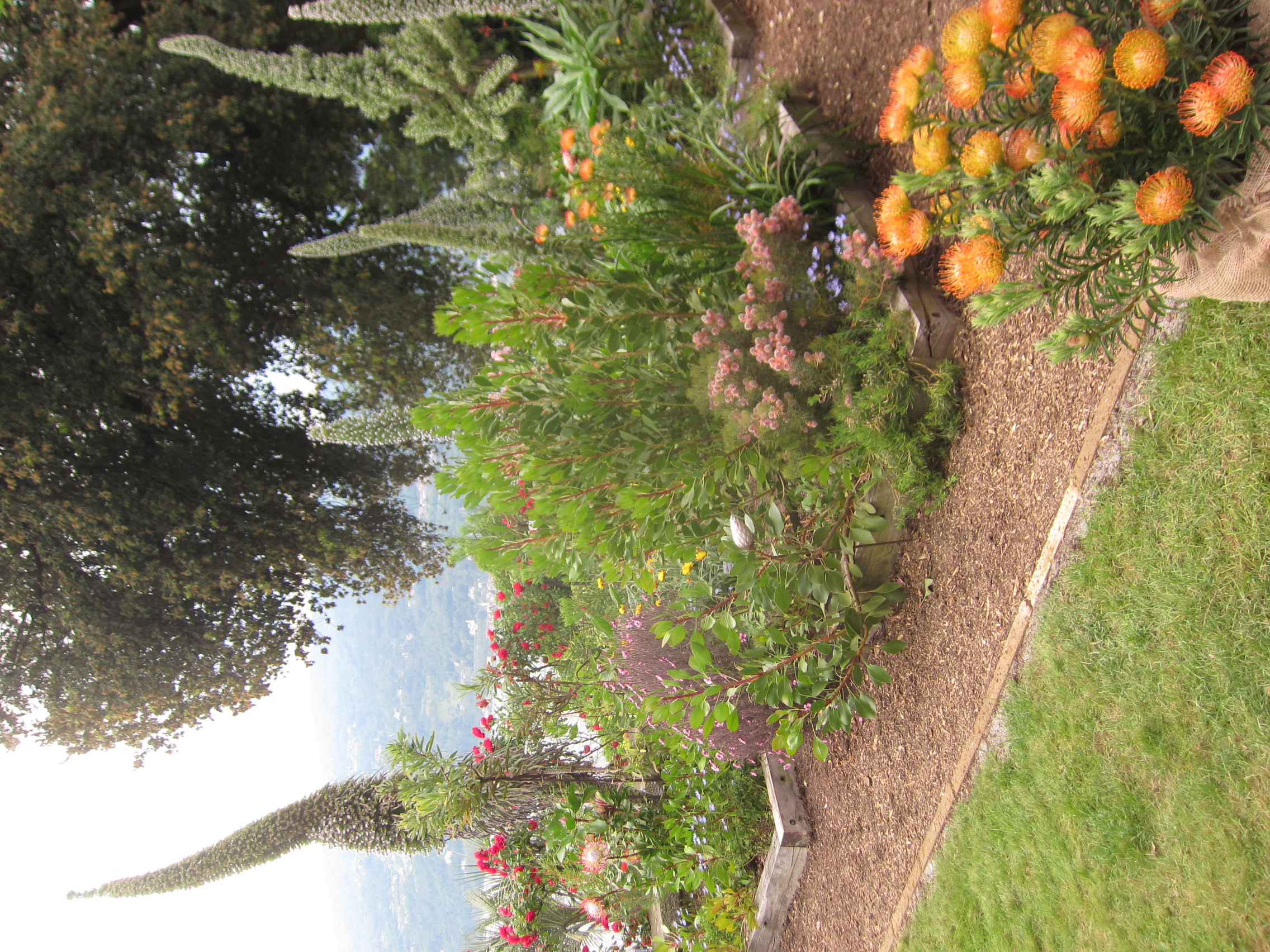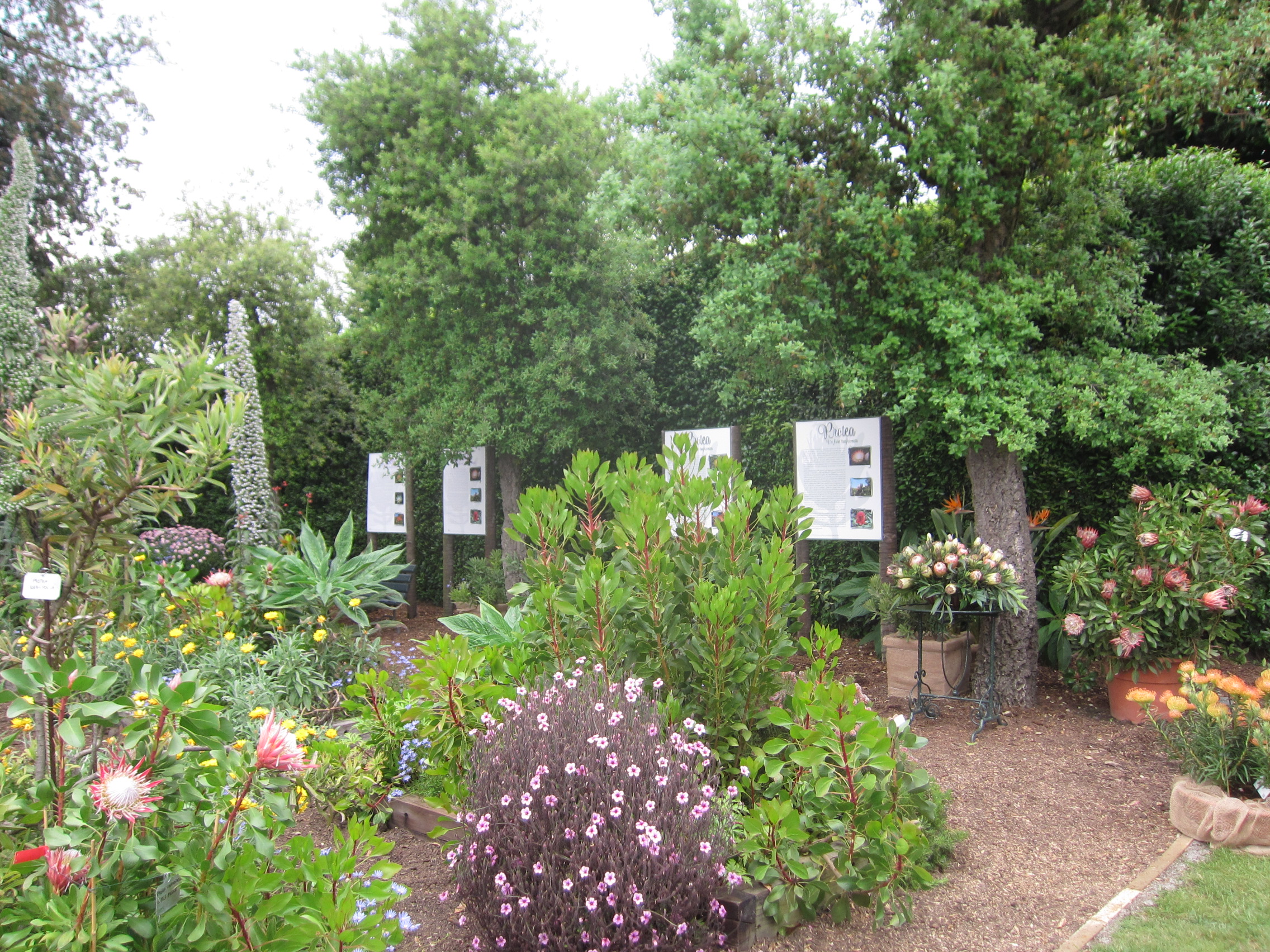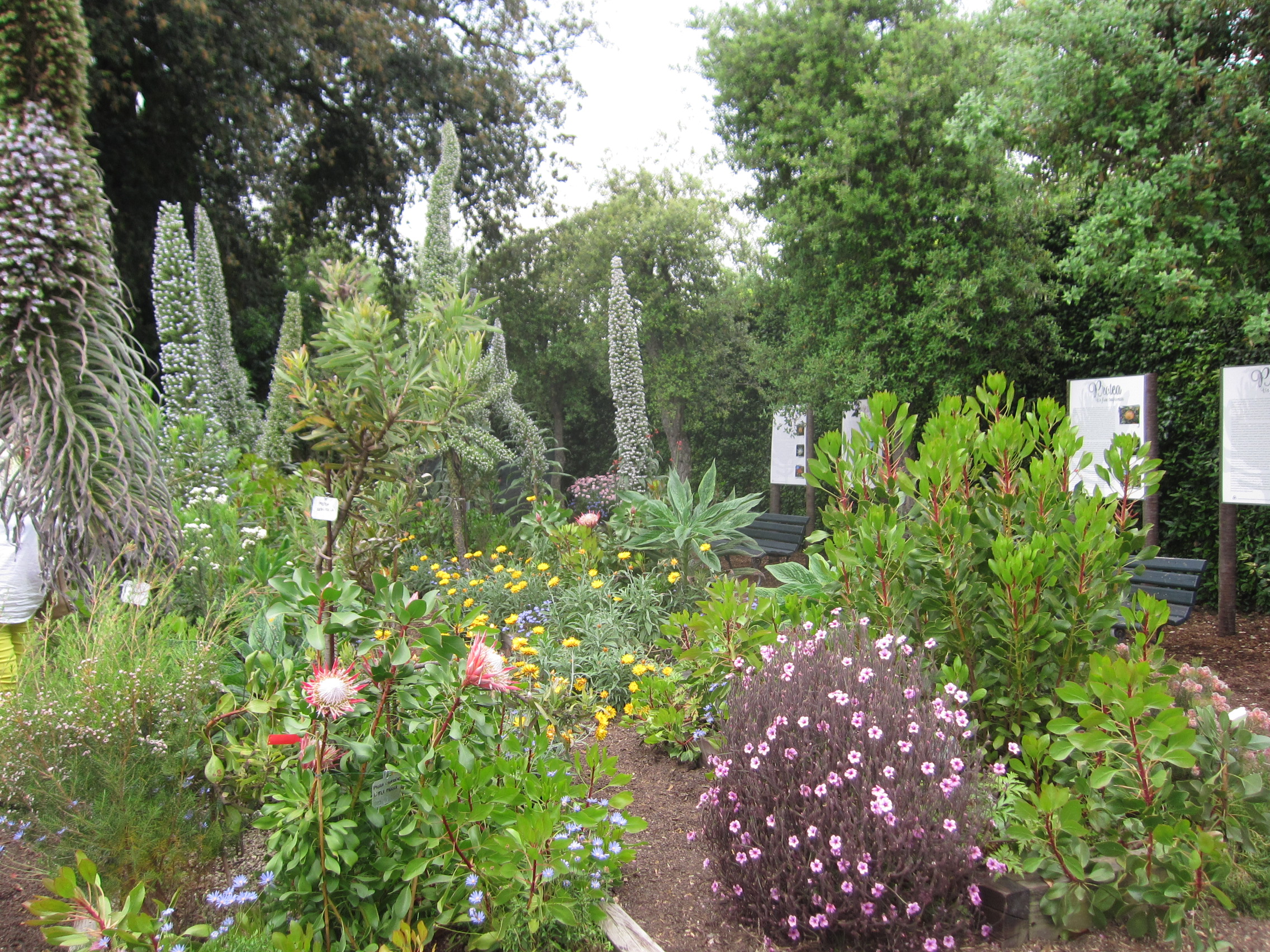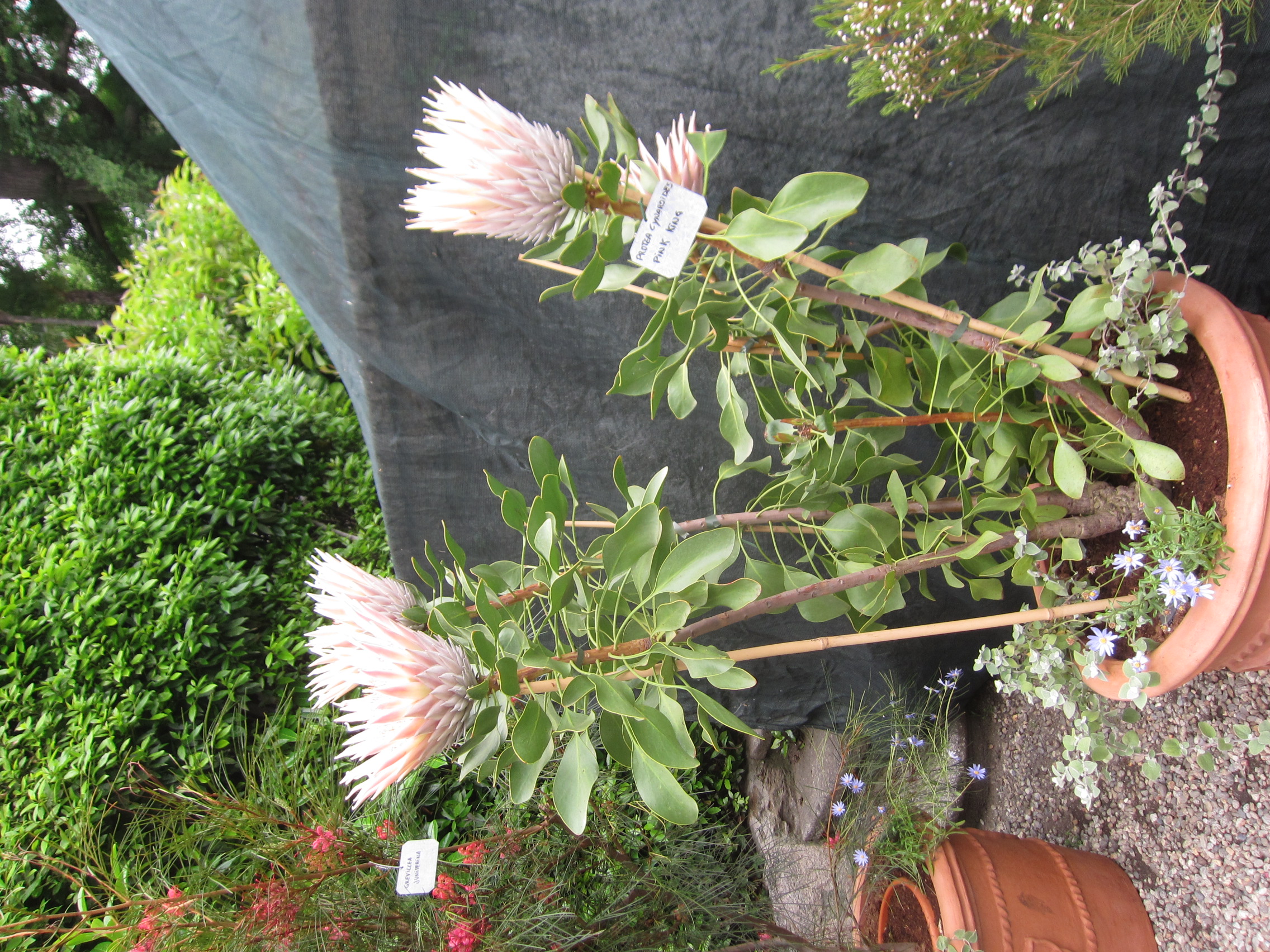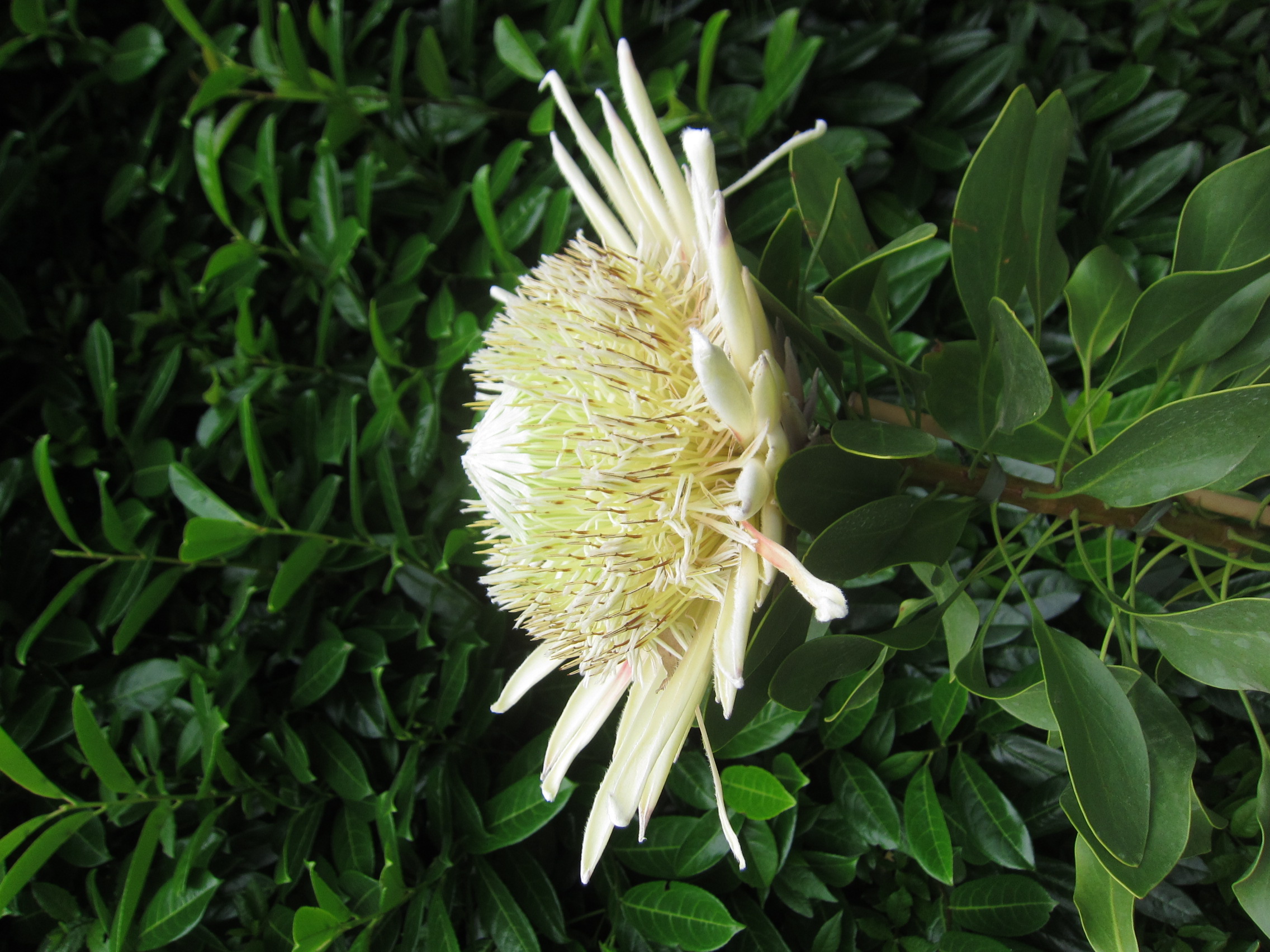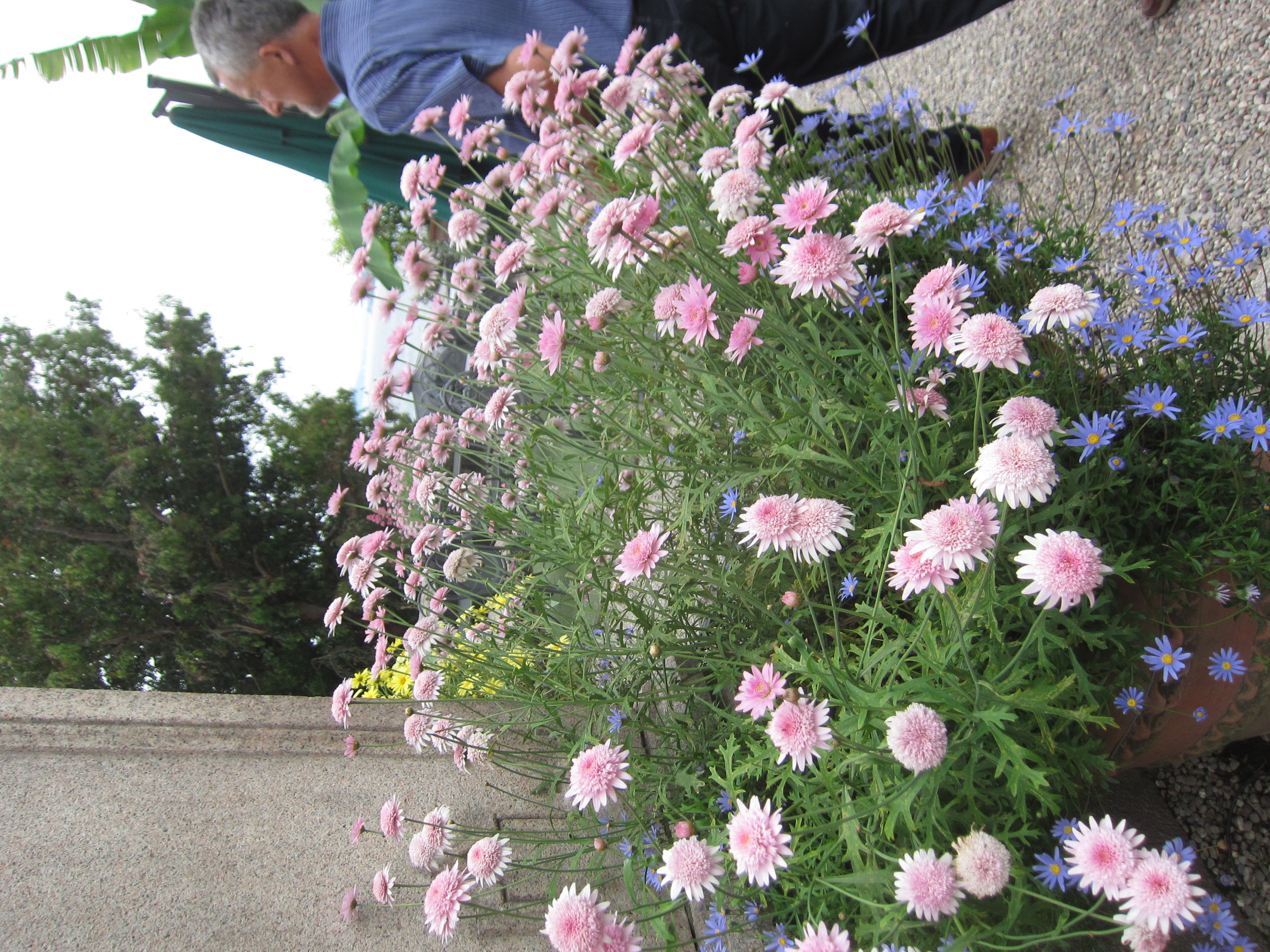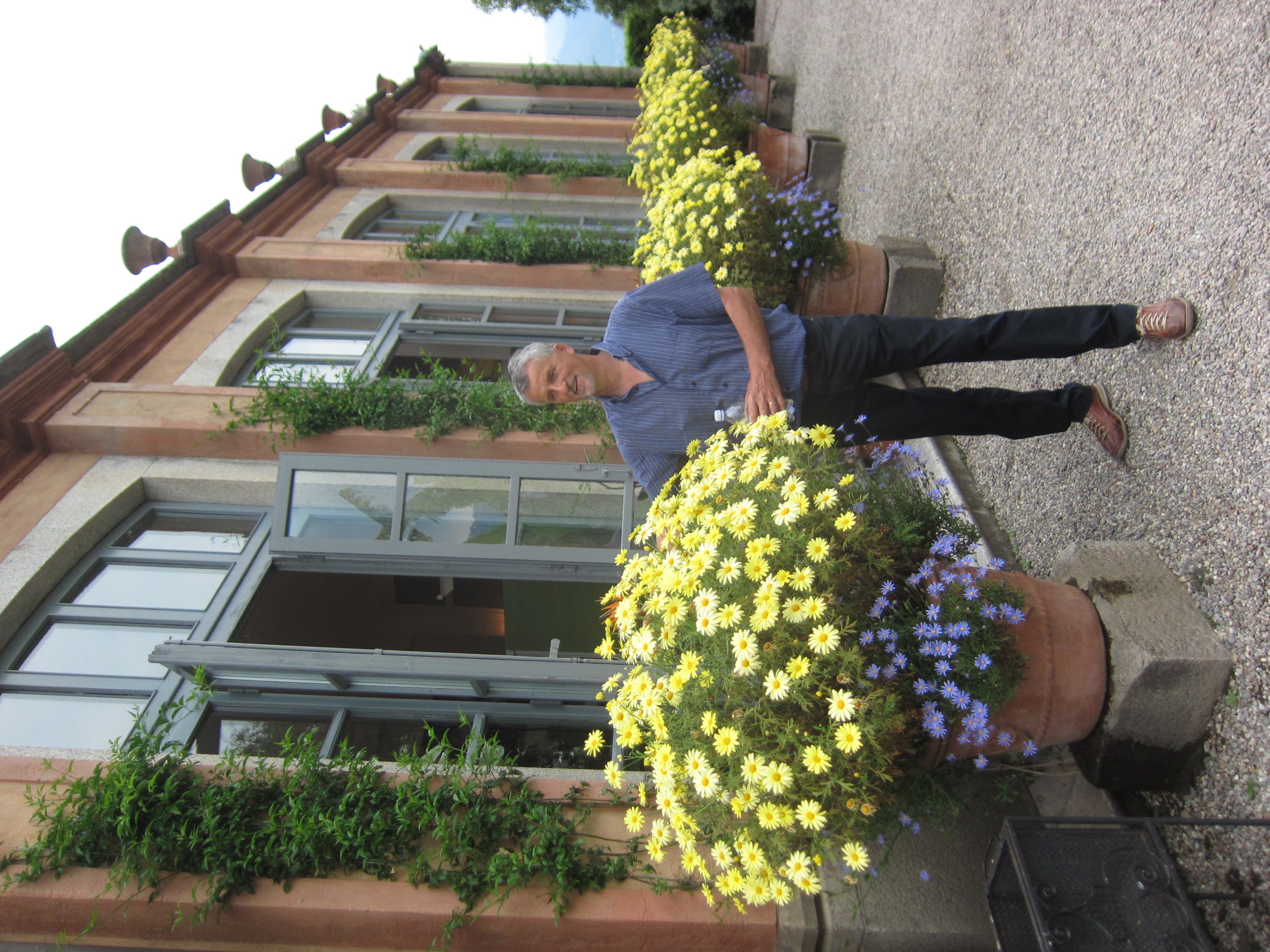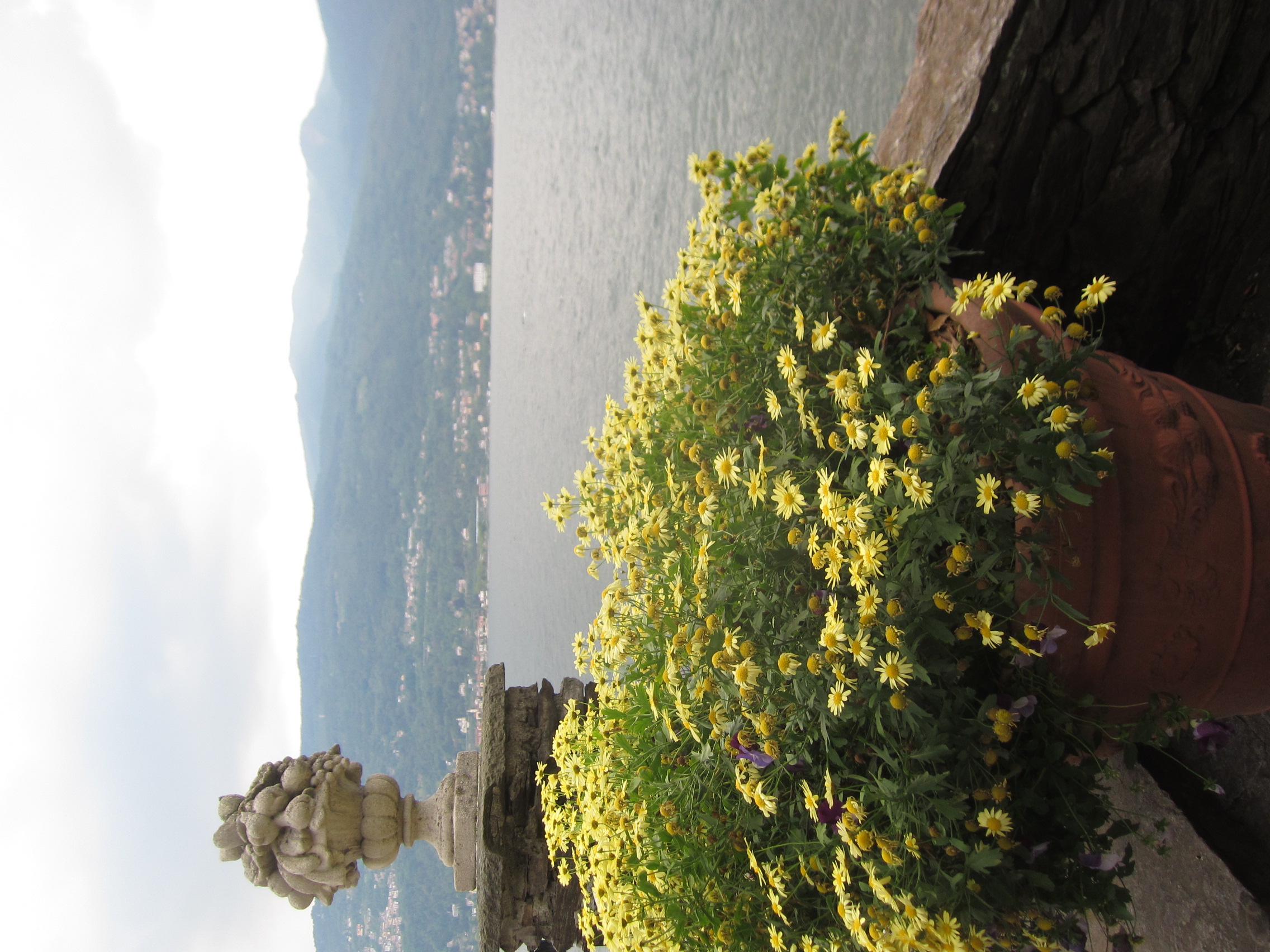
Isola Madre – Botanical Park
This post is also available in:
 Italiano (Italian)
Italiano (Italian)
Described by Gustave Flaubert in 1845 as “the most voluptuous place in the world”, Isola Madre is the largest of the Borromean Islands; located off the coast of Stresa, in Lake Maggiore, and belonging to the Borromeo family for centuries, it was opened to the public in 1978.
What makes it so special is the magnificent XVI century palace and the large garden; the latter has actually become a botanical garden of acclimatization, full of rare plants and exotic flowers, where peacocks, parrots and pheasants live undisturbed.
Palazzo Borromeo was built at the behest of Lancellotto Borromeo who, in 1501, became the owner of the island, and since then, it has been the summer residence of his family. The works continued in 1585 with Renato Borromeo, who contracted the architect Pellegrino Tibaldi.
Served by from two small piers on the lake, the “L” shaped palace houses impressive furnishings, tapestries, works of art, paintings of the Italian XVII century, collections of marionettes and dolls, theatres, porcelain, and floral crystal chandeliers, most of them belonging to other Borromeo’s properties. Among the most significant rooms, there are the Reception Hall, the Doll Room, the Season Room and the space dedicated to the Puppet Theater, built and furnished between the XVII and the XIX century. Outside, there is the sepulchral chapel of the Borromeo family, built by Vitaliano VIII in 1858, on the ancient church of San Vittore.
The garden
Isola Madre is particularly famous for its garden. It was remodelled as a botanical park – built on a pre-existing citrus grove – according to the English style, from 1823 on, thanks to the favourable microclimate of the lake and the owners’ passion for botany; it currently hosts countless plants both typical of the lake area and very unusual or even rare.
Next to the hedges and patches of azaleas and rhododendrons, there are espaliers of ancient camellias, cedars and lemons, the pergolas of ancient wisteria, banana trees, and magnolias; there is also a collection of hibiscus (Hibiscus spp.), some exotic shrubs and trees such as maples, palms, eucalyptus, large maidenhair trees and a monumental Kashmir cypress (Cupressus cashmeriana): a species that is currently disappearing in its homeland, at the foot of the Himalayas. This impressive specimen is more than 200-years old, about 82-ft high and 26-ft wide at its base – it is the largest in Europe, described by Stendhal (the pen name of Marie-Henri Beyle – 1783-1842) as “the most beautiful tree in the world”.
The Kashmir cypress
On 28 June 2006, the wonderful Cupressus cashmeriana was knocked over by a violent whirlwind, but it was saved by the tenacity of the owners and the gardeners of Isola Madre: led by Gianfranco Giustina, the park manager from Fito-Consult of Varese, they used engineering techniques and outstanding botany skills to restore that beautiful tree. On 6 July 2006, a team of 25 people, with three cranes brought here by helicopter, put the monumental cypress back on its feet, fixing it to the ground with 18 tie rods and treating the roots with special bio-stimulating substances (since that day, he foliage and the roots have been kept moist and sprayed with antiperspirants).
In 2008, the plant was already producing new leaves, while its roots had already sunk themselves deep into the ground – that was truly a great feat and a source of pride among arborists and gardeners all over the world.
The Terrace of the Sugarbushes
In 2013, a new section of the garden created by Gianfranco Giustina was opened to the public: it’s the “Terrace of the Sugarbushes”, a space dedicated to South African, Australian and other Mediterranean-type plants. Thanks to the mild climate of the lake, the southern exposure, the particularly well-drained and mulched soil, as well as the protection offered by an holm oak hedge (Quercus ilex), this terrace hosts many Proteaceae, including Leucandron laureolum, Leucaspermum cordifolium, Banksia serrata, Serruria florida, Protea cynaroides, Protea esimia, Protea neriifolia, Protea grandiceps and also Bracteantha bracteautum, Echium pininiana, Chamelaucium uncinatum, Geranium madeirense, Strelitizia reginae, and Phoenix spp.
The curator of the gardens of Isola Madre and nearby Isola Bella, Gianfranco Giustina, won the “International Award for Contribution to Gardening and Botany”, promoted by the Royal Horticultural Society, in March 2014.
This post is also available in:
 Italiano (Italian)
Italiano (Italian)
Contatti
Isola Madre - Stresa(VB)
0323 30556
info@borromeoturismo.it
Altre info
Adulti 13,00 euro; ragazzi 6,50 euro; gruppi adulti 10,00 euro; gruppi ragazzi 5,50 euro; ingresso gratuito per bambini 0-6. L'ingresso combinato Isola madre e Isola Bella è di 14,50 euro.
dal terzo fine settimana di marzo al terzo di ottobre
09:00 - 17:30
